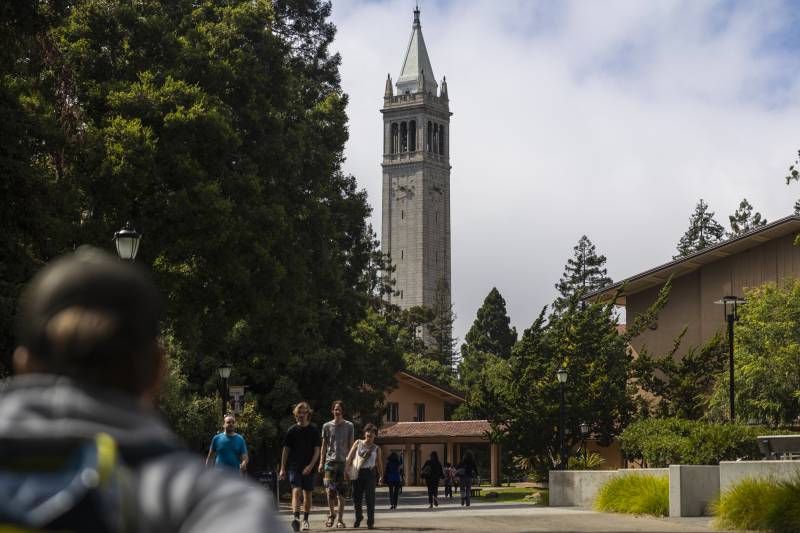“Arguments about what content should be included in high school mathematics fail to acknowledge the elephant in the room: We haven’t yet figured out how to teach the concepts of algebra well to most students,” wrote UCLA psychology professors Ji Song and James Stigler in an EdSource commentary.
Committees of faculty senates of both UC and CSU have restated that Algebra II, along with geometry and Algebra I, provide the skills and quantitative reasoning needed for college work in whatever paths students eventually choose.
“College and career readiness expectations include completion of these sequences or their equivalent that cover all of the Common Core standards,” the CSU Math Council wrote in a January resolution.
But in 2020, the influential UC academic senate, which is authorized to oversee course content for admissions, sent a critical mixed message. In a statement, the Board of Admissions and Relations with Schools or BOARS invited proposals for a broader range of math courses for consideration that would enable students to “complete certain mathematics courses other than Algebra II or Mathematics III in their junior year of high school to fulfill the minimum admissions requirement.” BOARS said it saw the expanded options “as both a college preparation and equity issue.”
Proponents of data science seized the opportunity, launching an end-run around what they perceived to be the inflexibility of math professors to change.
A tsunami of new courses
BOARS oversees policy, but the High School Articulation Unit, a small office in the UC President’s Office, evaluates and vet the tens of thousands of courses that course developers and high school teachers submit annually for approval. The office began authorizing new data science courses as meeting or “validating” the content requirements of Algebra II and Integrated III. The validation exemption presumed that the new course would build upon concepts and standards that students had covered in previous courses — in this case, Algebra II — or would be covered in the new course.
Soon, a tsunami of classes was being submitted — hundreds of data science courses serving tens of thousands of students.
There had been a precedent. As early as 2014, the UC had questionably validated statistics courses as satisfying Algebra II because they covered statistics standards that many Algebra II teachers frequently don’t get to while not teaching other Algebra II content. However, extending validation to data science is more problematic since California has not established standards for the subject. As a result, there are no guidelines for what standards the courses should be teaching.
A flaw in implementation or policy?
In a detailed Nov. 12 letter to UC regents, Jelani Nelson, a professor of electrical engineering and computer sciences at UC Berkeley and a leading critic of weakening math requirements through course substitution, put the blame not on policy changes but on the course-approval process. An Articulation Unit with a small staff, none of whom had a background in STEM, was overwhelmed, he wrote.
Others agree. Rick Ford, professor emeritus and former chair of the department of mathematics at CSU Chico, said that what once was a rigorous process for course approval had become a “horrendous” pro-forma exercise, “primarily reliant on the fidelity of submitters” to follow BOARS guidelines.
